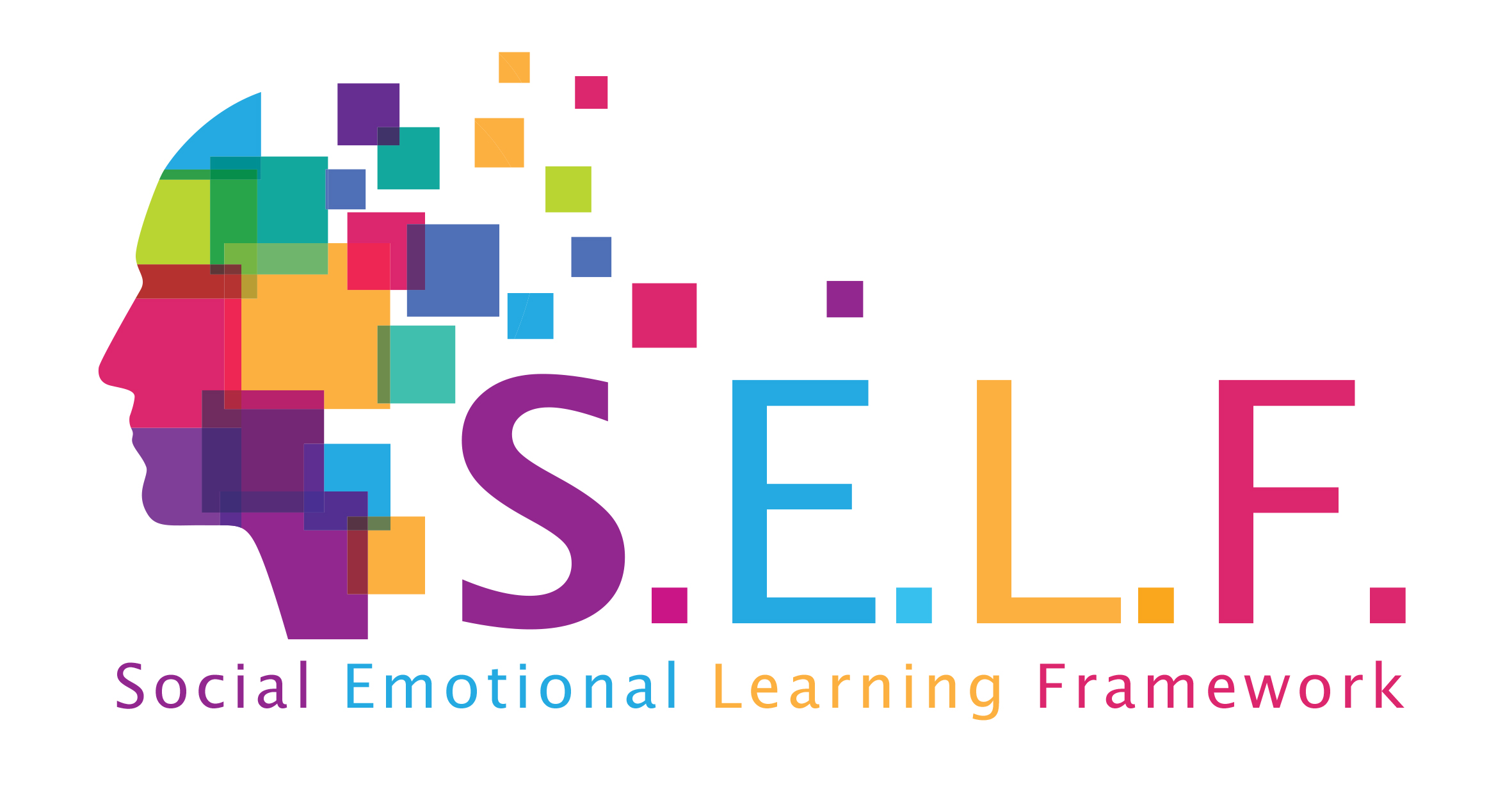Analysis of Social Obedience in Social Psychology
Practice: The teacher looks out of the window, continuing to do so for a long while without responding to any of the students’ questions. After a while, it is observed that the students gather behind him/her and look towards where s/he is looking at without knowing anything about it. The teacher asks the students where they are looking at. And they say “where the teacher is looking at”. In this example, the behavior of obedience is explained through social influence without using any tools. Afterwards, the Milgram experiment video is played, and the experiment is explained. Feedback is obtained from students about the structure of obedience behaviors. The teacher explains why, among the feedbacks received, some are unjustifiable. Students are divided into five groups and four groups are asked to design an obedience experiment. Then, the designed experiments are explained by the students. A jury, which is led by the teacher, finds the defective aspects of the experiments and guides the students to improve or design a new experiment.
When To Use
10th Grade, Lesson: Psychology, Topic: Social Psychology
Age Level
16-17 (High School 10th Grade)
Duration
80 mins
Materials
Images and articles
Related Social-Emotional Learning Areas / Contribution to Prosocial Learning
Ensuring that students are aware of what, why and how they obey or not.
Purpose
To address the structure of social obedience behavior and the individual’s approach on this process.
